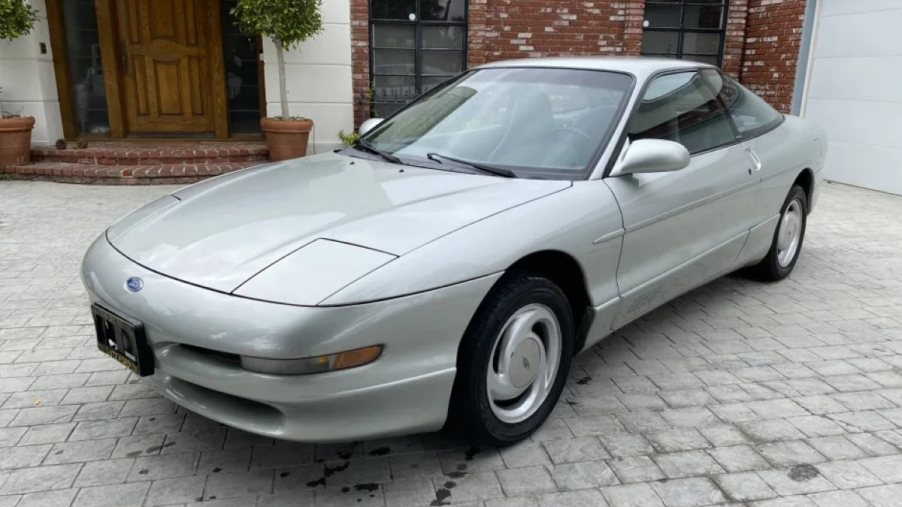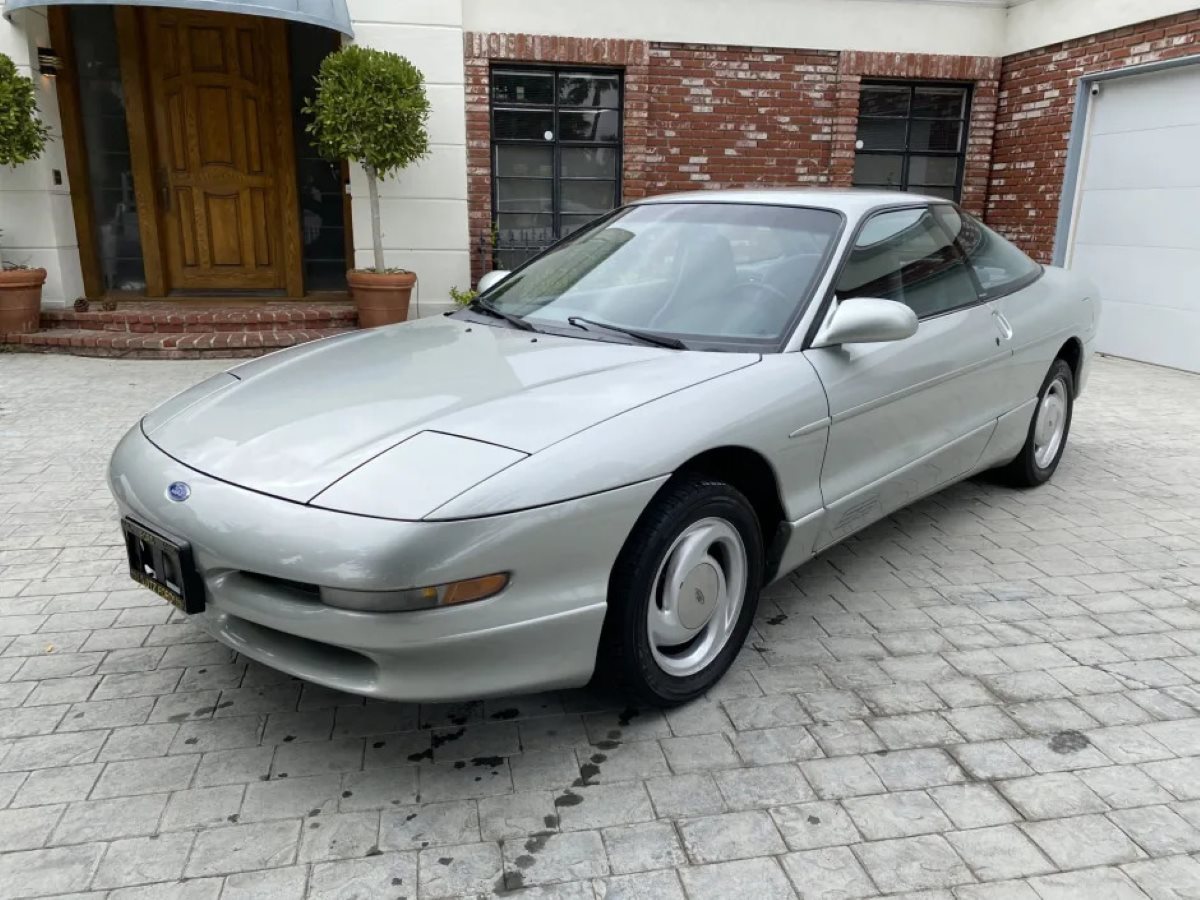
Why Was the 1990s Ford Probe a Massive Failure?
Ford and Mazda began developing a mutually beneficial relationship in the early 1970s. Vehicles like the 70s Ford Courier and the 90s Mazda B2000 were immense successes. Others throughout their four-decade partnership helped Ford sell more small vehicles and Mazda gain greater access to the U.S. market. However, there was a serious snafu in the late 1980s when the two teamed up to create a front-wheel drive replacement for the revered Mustang. The resulting Ford Probe was birthed through contention. Unfortunately, it never enjoyed executives’ high hopes.
What is the Ford Probe?
Ford’s Probe hit the U.S. market in 1989. It was based on Mazda’s front-wheel drive G platform, underpinning the midsize 626. Yet, Ford was already using the platform to engineer the Telstar, effectively an eastern market Ford Tempo. Three engines were available in the first-generation Probe. A Mazda-built 2.2-liter four-cylinder could muster only 110 horsepower, but the turbocharged variant kicked output up to 145 horsepower. The same power could be had in Ford’s 3.0-liter V6 but provided less torque than the turbo-four. Second-generation Probes had a 2.0-liter or 2.5-liter Mazda four-cylinder with 118 and 164 horsepower, respectively.
The two-door liftback was attractive, capturing the futuristic sleekness of other coupes of its time. Moreover, it came with one of the most flattering features of all: pop-up headlights. Car and Driver reports that the second-generation Probe was lengthened by four inches and widened by two inches. The change in dynamics made Ford’s coupe much more tolerant of road imperfections while putting down 0.85 g on the skidpad.
Why was the Ford Probe built?
It seems that no late 20th-century vehicle can be mentioned without talking about the 1973 oil crisis and, indeed, the 1979 oil crisis. By this point, the days of Ford’s thumping great V8s were gone as emissions controls starved them. To be more in tune with the times, Ford called on partner Mazda to help save its most beloved model.
The Ford Mustang wasn’t selling well going into the 1980s, battling strong competition from overseas, particularly the Japanese. By 1979, though, Ford owned a 25% stake in Mazda, and they decided to do something that would have their fans hating them. Ford and Mazda would design the coupe to replace the Mustang altogether.
What went wrong?
One year before its release, details of the all-new front-wheel drive Mustang were published in an April 1987 AutoWeek cover story. Ford never expected Fox Body fans to revolt as they did. Dearborn fielded countless letters decrying Ford’s Mustang replacement. Fortunately, Ford abided. Yet, they sold the Probe anyway.
In 1989, dealerships nationwide gained the new Ford Mustang. Beside them was the 1989 Ford Probe. By 1997, however, units dropped under 20,000 per year. This was when American fuel prices were at their lowest level in a generation, and Japan was entering a recession. Manufactured parts from Hiroshima’s Mazda would be unable to see the assembly line at Ford’s Flat Rock plant. After the 1997 model year, Ford killed the Probe as the SN95 Mustang was taking America by storm.
The legacy of the failed Mustang replacement

The Ford Probe wasn’t relegated to the rust heap of automotive history. Upcoming models absorbed much of Ford’s design and development.
In 1999, the all-new Mercury Cougar gained the Probe’s powertrain. The three-door liftback coupe was a related successor to the failed Mustang replacement. Nevertheless, Ford’s of the 1990s also featured the Probe’s standout oval shape. But the Mustang definitely wasn’t one of them.


